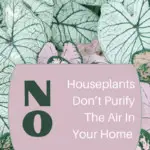
If you’re one of the millions of plant parents driving the current houseplant trend, you’ve probably read your fair share of articles pushing the benefits of owning them. (Pfft, as if we needed a reason to buy more plants.) One popular benefit splashed all over the internet is that houseplants will purify the air in our homes.
When you think about it, it makes sense. We know plants can absorb certain pollutants, like octane, formaldehyde and toluene, to name a few. Plants take in CO2 and give off O2. Trees are amazing carbon sinks, so it’s not that big of a leap to assume they could help clean the air in our homes.
There’s even a NASA study from 1989 that supposedly proves it. It’s pointed to in nearly every one of these articles. I’ve even cited it in the past.
And it’s this study where the whole mess started. So, how did we get it so wrong?
The media did what the media does best.

When covering scientific research, the media is often guilty of doling out only the best part of the research findings – the bit that will get you to click on the headline. They often ignore important words like possibly, could, or might. Or even “more research is needed.”
Let’s face it; which title are you more likely to click on:
“Scientists Link Eating Papaya to Extreme Weight Loss!”
Or
“Scientists Think There Could Be a Connection Between Eating Papaya and Extreme Weight Loss, But They Have to Do a Lot More Research First to Be Sure, and it Could Be Something Else Entirely That’s Causing the Weight Loss, They Just Don’t Know Yet”
Making it worse is that most people don’t read the article, let alone any research paper linked to within, so this kind of misinformation is easily passed on. Headlines with half-baked research claims spread like wildfire across the internet and are taken as gospel.
Few peer-reviewed papers state certainties; rather, most posit further research. I used to assist several labs at a major research university, where I sat in on countless lab meetings. I lost track of the number of times I heard, “I don’t know, we need to do more research” over the years. Science is better at giving us new questions to answer than it is at giving us concrete answers.
Perhaps knowing this, we’ll be more likely to start clicking those articles and, more importantly, the links to the research papers within them.

Getting Back to NASA
This particular study was no different. Most of us never bothered to read it; we saw it cited elsewhere and assumed the information was good. Once you read it, the idea that plants are effective at removing air pollution from our homes quickly falls apart. Let’s take a look at why.
The Rise of Air Pollution in the Home
For those of us who live in older homes, we know when the wind is blowing because we can feel it coming in through all the cracks and crevices.
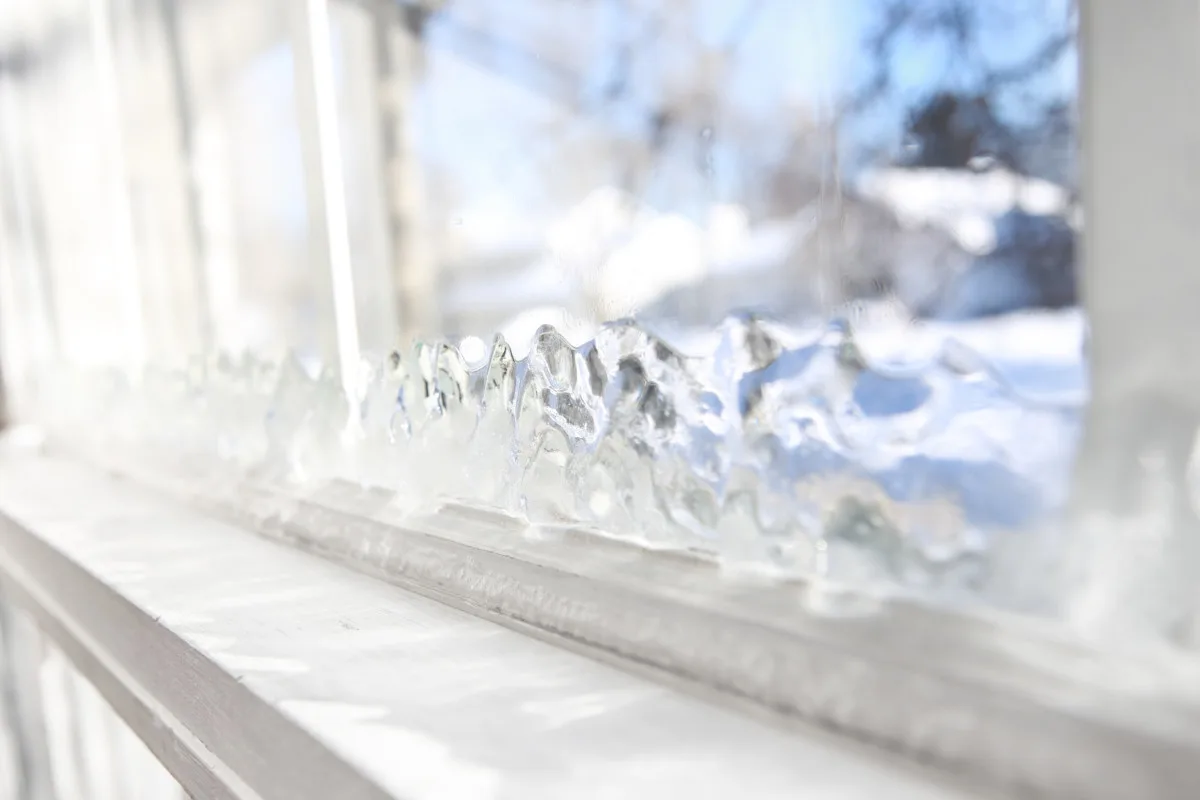
While this is murder on the heating and cooling bills, it’s good for us health-wise. That constant exchange of air means better indoor air quality.
Over the years, we’ve improved at insulating and making homes more airtight. Our homes are now more energy efficient. The problem is that newer homes are also better at keeping in the air pollutants common to modern-day living.
VOCs
Volatile organic compounds, or VOCs, are the home’s main source of air pollution. Nearly everything in our home is slowly and constantly putting low levels of chemicals into the air. This is known as off-gassing. Many daily activities also create new VOCs.
Everything from running electronics, cooking, that comfy new memory foam mattress you bought, the carpet, your couch, air fresheners and sprays, cleaning supplies, craft supplies, every piece of furniture made from composite wood, wallpaper, and even burning candles or a fireplace all give off VOCs.
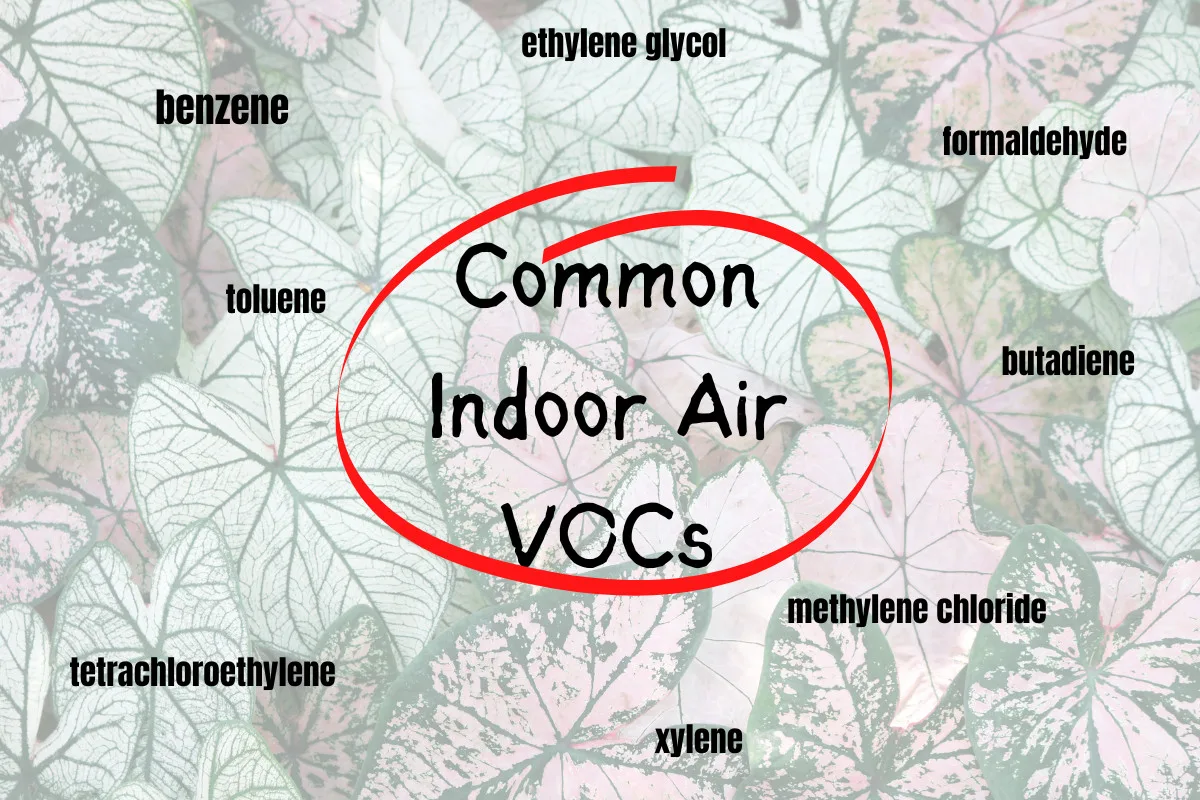
This low-level air pollution is a constant in our homes.
A Brief Overview of the NASA Study
Let’s take a look at what NASA did, and hopefully, you’ll see the glaring issues that come from extrapolating this research to life at home.
NASA was looking for a reasonable way to purify the air in a sealed environment, whether that environment was out in space or here on earth. Their stated goal?
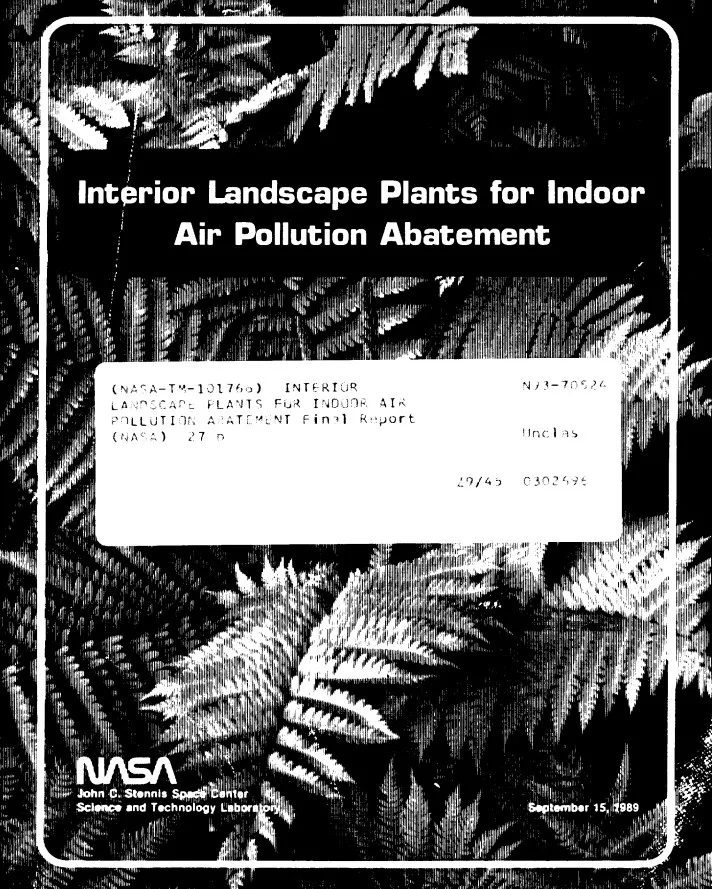
“In this study, the leaves, roots, soil, and associated microorganisms of plants have been evaluated as a possible means of reducing indoor air pollutants.”
I find it funny that out of all the things they looked at, we somehow latched onto plants.
They chose 14 different plants to test, but not all made the cut. The experiment consisted of building two different sizes of airtight boxes, one slightly taller to accommodate taller plants – 30”x30”x30” and 30”x30”x60.” A small fan was installed inside each box to circulate the enclosed air. The boxes were surrounded by a bank of grow lights. The plants were fertilized and kept in a commercial greenhouse when not being tested.
They tested Benzene, Trichloroethylene and Formaldehyde, all common VOCs in our homes today.
For each chemical, a plant was placed in the box, and a specific amount of the chemical was injected into the container and then resealed. Instruments measured the levels of the chemical over 24 hours.
What did they find?
Yes, the amount of each chemical did go down over a 24-hour period.
It seems that was all the media needed to get this common houseplant myth off the ground.
But if we take a closer look at the results, there isn’t any clear indication that plants are effective at cleaning the air, just that they can. I mean, I can draw, but that doesn’t mean I’m any good at it.
How Much Was Removed?
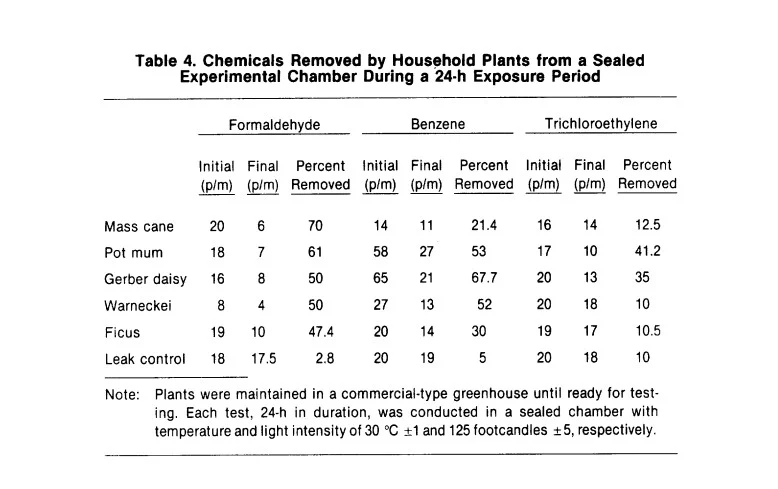
Image Credit: NASA Study pdf
First, let’s look at how much of the chemical was removed. It varied wildly depending on the plant, anywhere from 89.8 to 9.2%, and most were somewhere in the middle. That 89.8% was an outlier. Also, the plants weren’t as good at removing some of the chemicals as they were others.
Sealed Containers & Single Injections
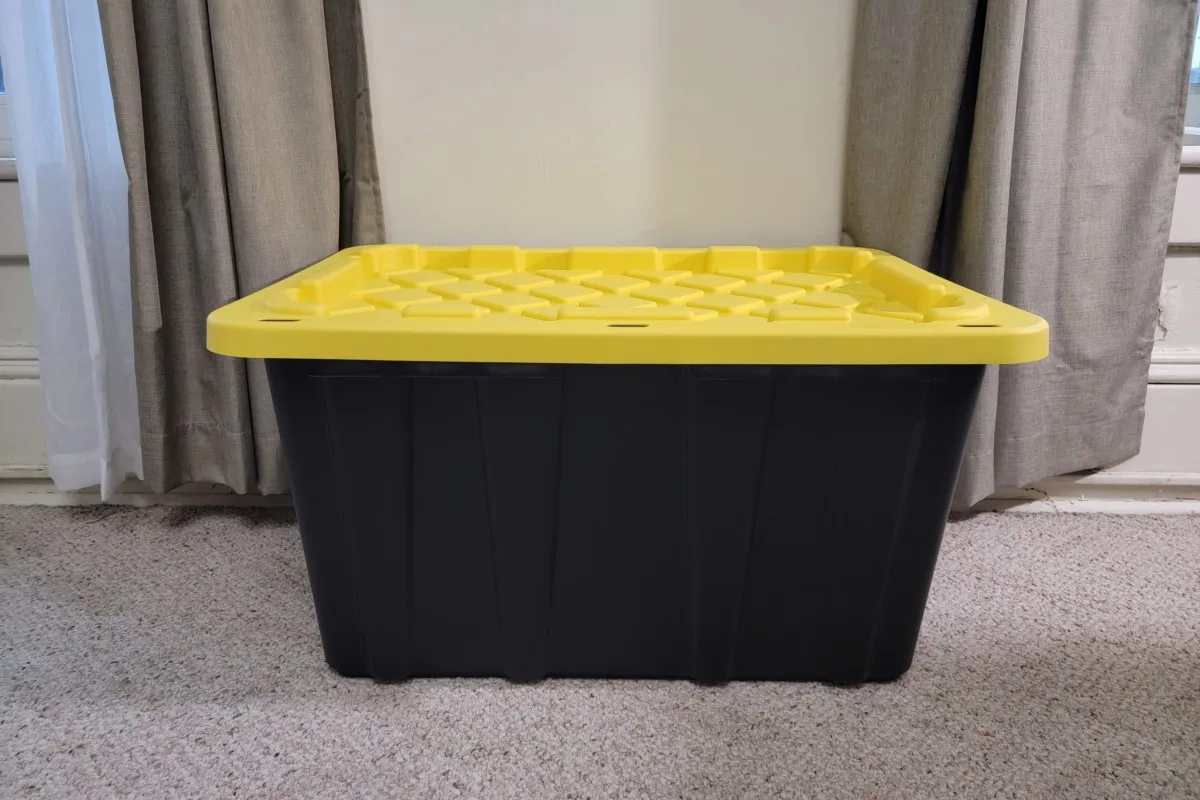
NASA used small, sealed containers with one plant each inside. I think it’s safe to say none of us live in a sealed container about the size of a Rubbermaid tote. This setup allowed for a tightly controlled environment, with only one chemical tested at a time. Nothing else could get in.
So, while the tests showed the removal of some of the chemical, it tells us nothing about whether or not a single plant could continuously remove enough of all of the chemicals in our indoor air, to make a difference.
The research focused on one chemical at a time, in a premeasured amount, in an enclosed space for a specific amount of time.
That’s not what it’s like in our home. New VOCs are constantly being introduced into the air, far more than the three tested. Did you watch TV? How about that new air freshener you plugged in? Did you make dinner? All of these introduce new pollutants to the air. Not to mention all the things in our homes that are constantly off-gassing, such as furniture and carpets.
While this study showed that something, be it a plant or microbes in the soil, removed a single application of one chemical, you can’t extrapolate that to a home where your indoor air quality is constantly changing.
Robert Pavlis of www.gardenmyths.com gives us a great visual if we think of VOCs as people entering and leaving a room.
“Think of it this way. Let’s say one person leaves a room every minute. If you start with 100 people in the room, the room becomes empty in 100 minutes. But what if new people enter the room at a rate of 2 people per minute? Will the room ever become empty? No. And this second scenario is precisely the case in a home. VOCs are made faster than any plant can remove them.”
Was It the Plants That Removed the Chemicals?
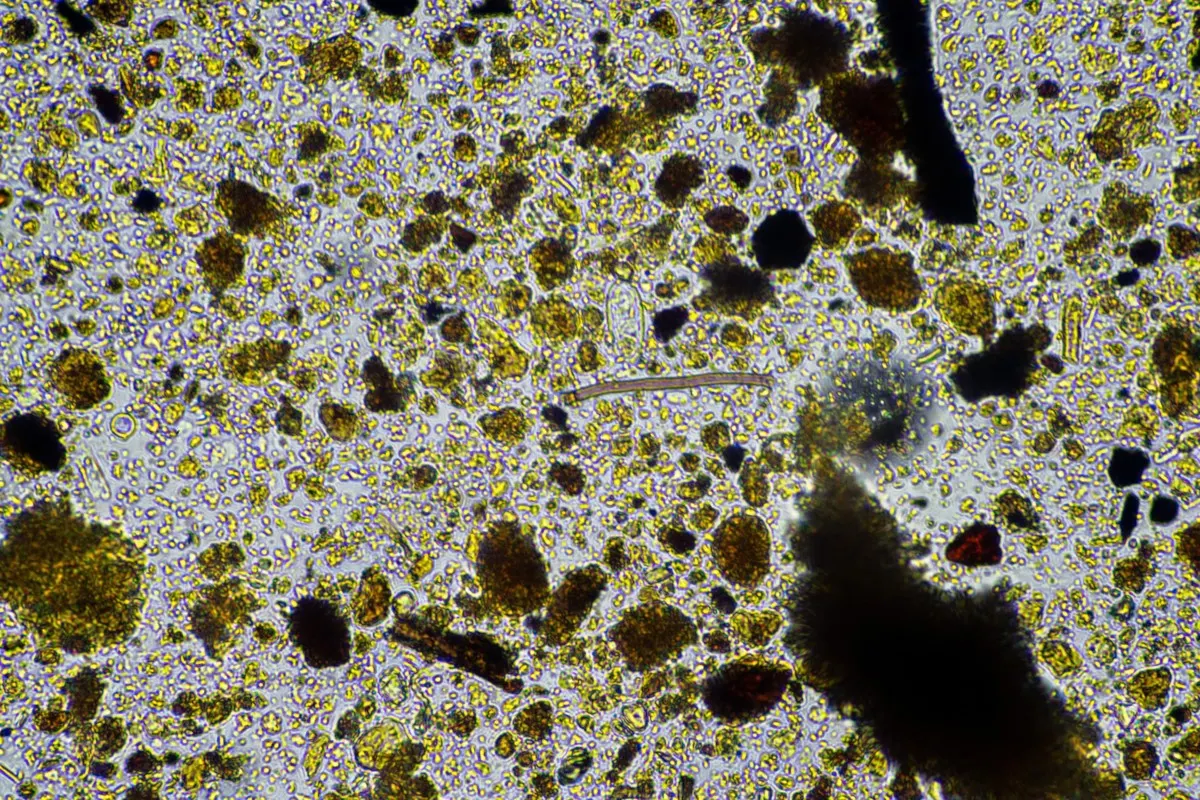
This is the one that got me. As a lover of fungi, I found this part most intriguing.
The researchers also looked at the soil after 24 hours and found evidence that it was the microbes in the soil responsible for most of the absorption of the chemicals, not the plants. In fact, they noted that plants with lots of foliage covering up the soil did a poorer job of removing the chemical.
In later tests, they would remove some of the foliage to expose the soil, and the percentage of the chemical removed went up. Spurred on by this finding, they removed all of the foliage for some tests, leaving only the root structure in the soil and the microbes. Again, they had better results than with the full plant.
This begs the question – is it the plants or the microbes in the soil that are scrubbing the air?
Anyone remotely interested in fungi will probably tell you it’s what’s going on beneath the soil, not above. Perhaps we would be better off putting pots of dirt filled with microbes around our homes if we want to reduce indoor air pollution.
Maintaining the Same Conditions in Our Home
The plants used in this study were kept in a commercial greenhouse in optimal growing conditions between tests. During the test, they had a bank of grow lights surrounding the entire box and a carefully controlled internal environment.
Needless to say, these green babies were in top form. I wonder how many of us could say the same about the condition of our own plants. We like to think we take good care of our plants, but you can’t compete with a commercial greenhouse setup for peak plant health.
You Need How Many Plants?
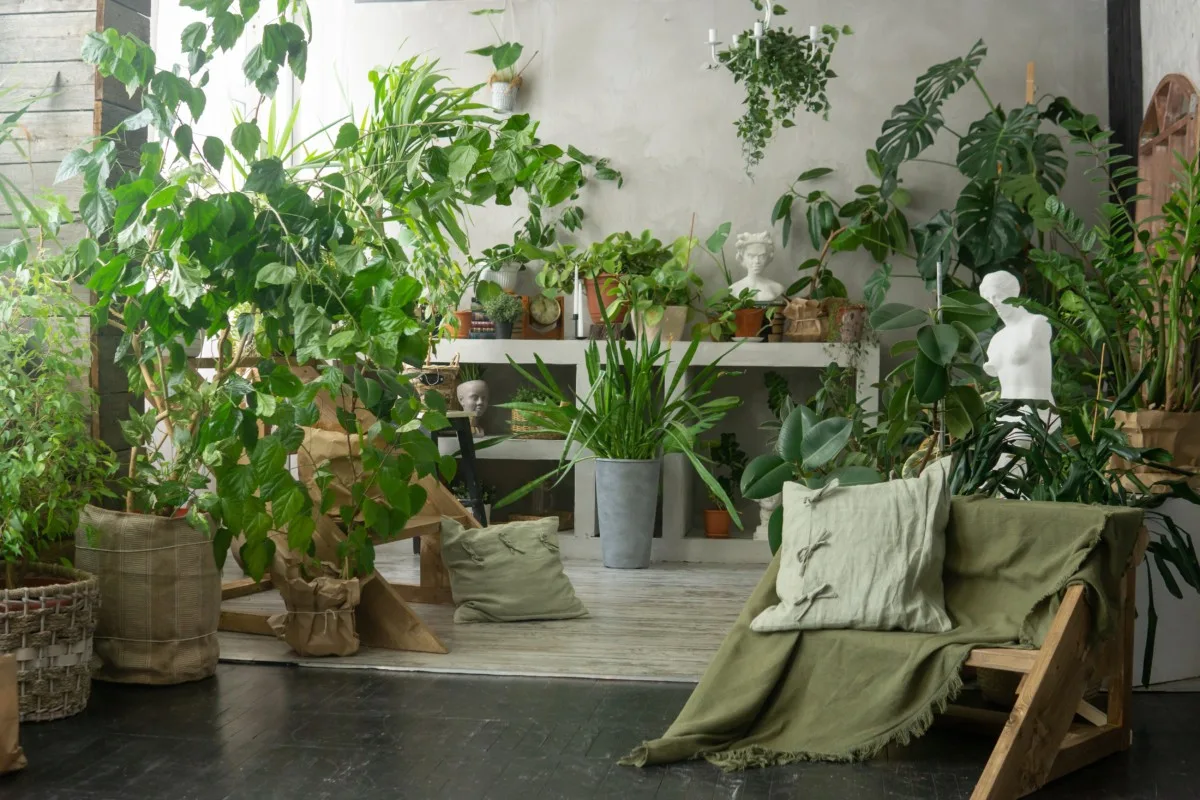
This is the nail in the coffin of the idea that we can use plants to clean our indoor air.
Let’s go back to the boxes used. Each box contained one plant. Using the dimensions given, the smaller box would be around 15 cu ft in volume, and the taller box would be 31 cu ft in volume.
My office/den is 12’x14’x8’. To even try and replicate these results, I would need to cram 90 (89.6) plants into this room. And that’s just my den. To purify my entire apartment, I would need around 600 plants. And remember, that’s only to purify a specific amount of one chemical over 24 hours.
What Does All This Mean?
In the end, it’s quite simple; plants purify the air. However, the sheer volume needed for them to even make a dent in purifying our homes makes this popular houseplant benefit a dud.
By the way, if you visit the International Space Station any time soon, you won’t be breathing in air purified by plants. It seems NASA came to the same conclusion, and the ISS relies on a pretty cool 4-bed carbon dioxide scrubber.
What Does This Mean for the Houseplant-loving Community?
Not a darn thing.
We’ll keep buying our beautiful leafy, green babies, but we’ll probably open the windows more often. Because if we’re honest, none of us got into this to clean the air in our homes. Don’t get me wrong; it’s a handy excuse each time we had to justify another plant to a significant other. But in the end, we love plants, whether they can purify the air in our homes or not.

Get the famous Rural Sprout newsletter delivered to your inbox.
Including Sunday ramblings from our editor, Tracey, as well as “What’s Up Wednesday” our roundup of what’s in season and new article updates and alerts.


